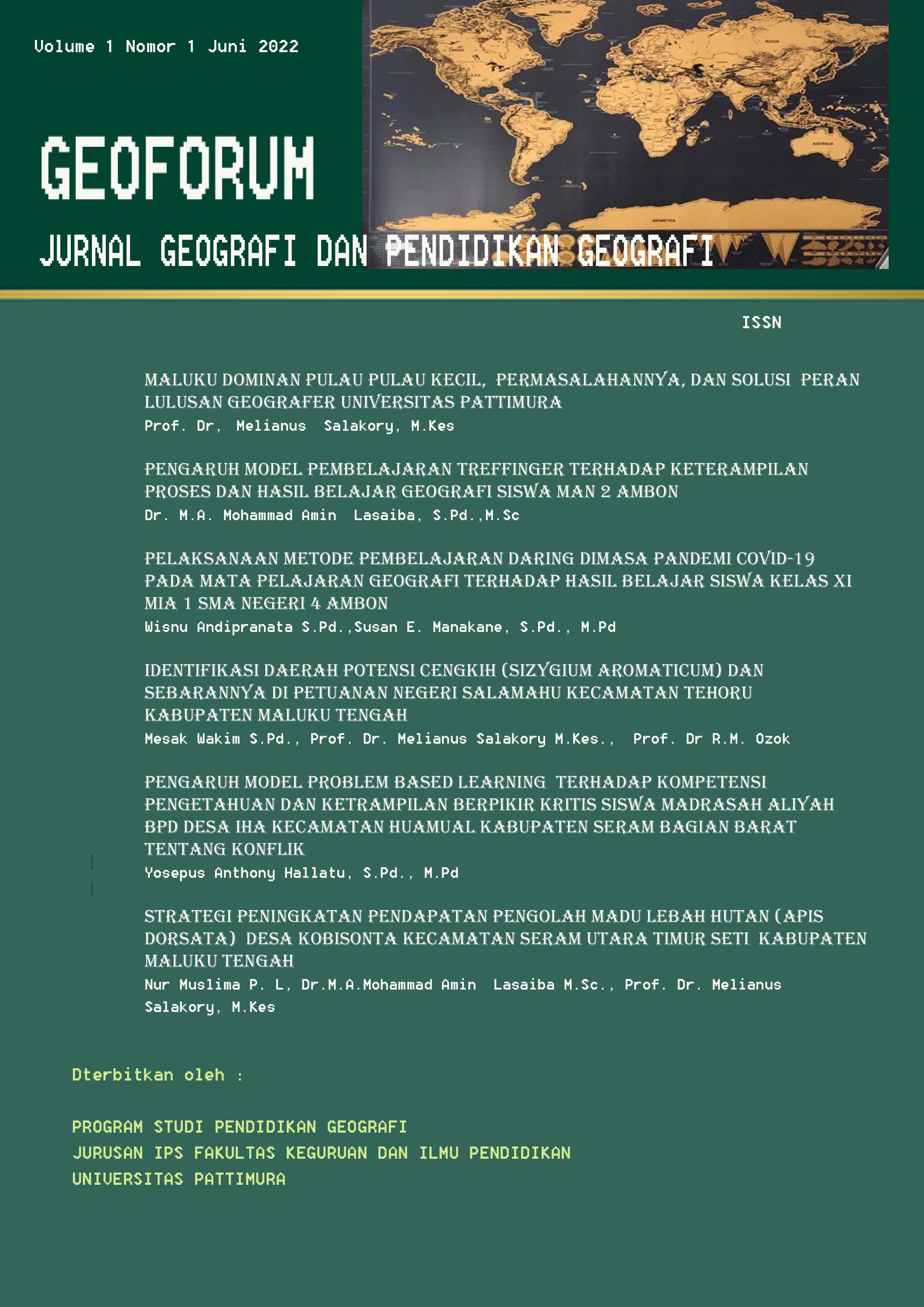Cultivation of Clitoria ternatea L. as an Intercropping Crop to Increase Added Value and Farmers' Income on Agricultural Land
Budidaya Bunga Telang sebagai Tanaman Intercropping untuk Meningkatkan Nilai Tambah dan Pendapatan Petani di Lahan Pertanian
Abstract
This study evaluates the productivity and economic feasibility of cultivating Clitoria ternatea L. using three planting systems: monoculture, intercropping with Zea mays L., and intercropping with Oryza sativa L. The research, conducted on sustainable agricultural land without the use of synthetic fertilizers or pesticides, aims to assess the impact of intercropping on the productivity of telang flower and the associated economic benefits. The results show that monoculture produced the highest productivity at 11.3 ± 0.6 grams per plant, which was significantly higher than the intercropping systems, where the productivity of telang flower was 8.7 ± 0.3 grams with corn and 7.6 ± 0.2 grams with rice. Statistical analysis using Tukey HSD test revealed significant differences between monoculture and the intercropping treatments (p < 0.05). Although the productivity was lower, intercropping with corn proved to be more economically beneficial, generating a net income of Rp 5.7 per plant, with a benefit-cost ratio (BCR) of 1.63 and a return on investment (ROI) of 163%, compared to monoculture which produced a net income of Rp 4.5 per plant, BCR of 1.50, and ROI of 150%. In contrast, intercropping with rice yielded the lowest economic benefit, with a net income of Rp 4.7 per plant and a BCR of 1.24. These findings suggest that, although intercropping with corn results in lower productivity, this system is more economically profitable and may be a better choice for enhancing income and land use efficiency in sustainable agriculture.
Downloads
Copyright (c) 2024 Paisal Ansiska, Indriati Meilina Sari, Asep Asep, Gerald Latuserimala

This work is licensed under a Creative Commons Attribution 4.0 International License.





















